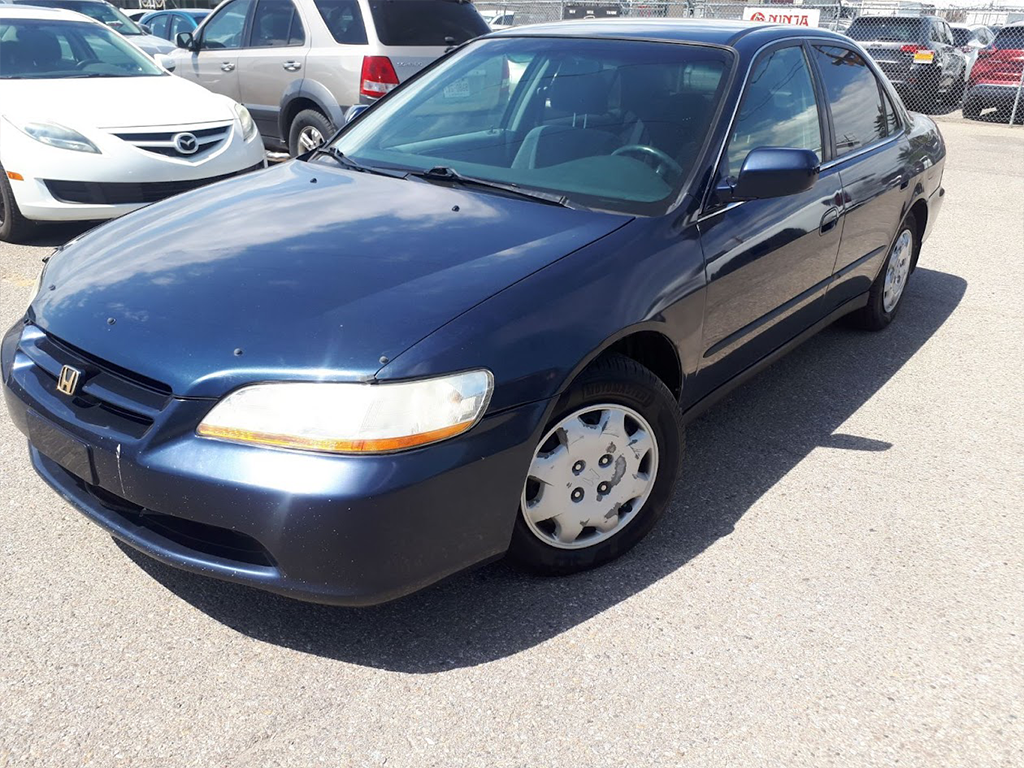Tire pressure can change with fluctuations in temperature. So, how should you correctly monitor tire pressure as the outside temperature changes?
Even though many new cars are equipped with a Tire Pressure Monitoring System, it is still important to keep an eye on your tire pressure frequently. The typical passenger car tire will lose about one pound of pressure for each 5 degree drop in air temperature. When the temperature drops, air contracts and the reduction in volume causes tires to lose their pressure. Before you know it, your tires are underinflated.
When it comes to safety underinflated tires greatly increase braking distances and can dramatically affect steering and handling. Additionally, under inflation can cause irregular wear, meaning your tires will wear out a lot quicker and cost you more money in the end. In a worst case scenario underinflated tires can overheat, which sometimes causes blowouts, so be sure to check those tires regularly!
To achieve proper tire pressure, use the inflation pressure guide recommended by the manufacturer. You’ll usually find this information in your owner’s manual, on your vehicle’s doorjamb, or on the inside of the glovebox door.
By the way, tires lose pressure just from regular driving so in conclusion it is wise to check the air pressure in your car tires once per month. Driving with the recommended pressure not only improves your fuel economy, it also increases your traction, which is especially helpful on slick roads.
















